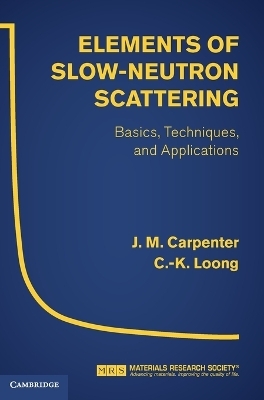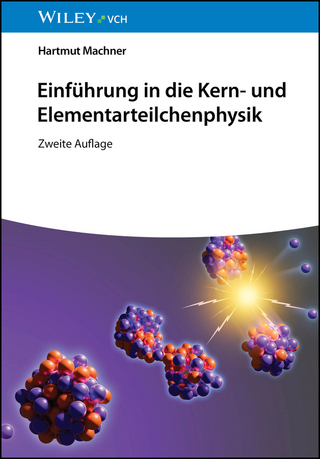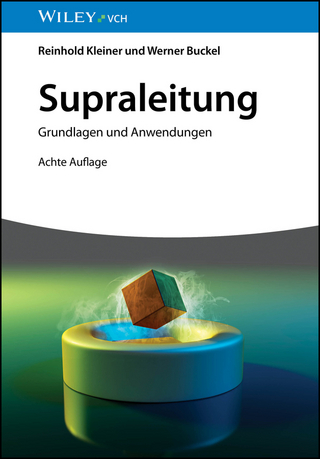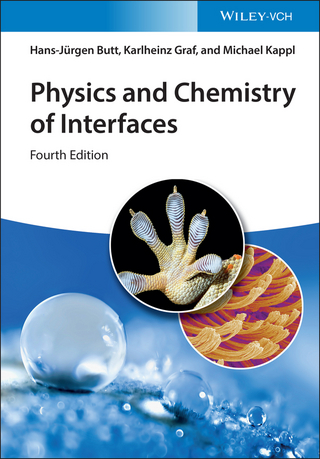
Elements of Slow-Neutron Scattering
Cambridge University Press (Verlag)
978-0-521-85781-9 (ISBN)
Providing a comprehensive and up-to-date introduction to the theory and applications of slow-neutron scattering, this detailed book equips readers with the fundamental principles of neutron studies, including the background and evolving development of neutron sources, facility design, neutron scattering instrumentation and techniques, and applications in materials phenomena. Drawing on the authors' extensive experience in this field, this text explores the implications of slow-neutron research in greater depth and breadth than ever before in an accessible yet rigorous manner suitable for both students and researchers in the fields of physics, biology, and materials engineering. Through pedagogical examples and in-depth discussion, readers will be able to grasp the full scope of the field of neutron scattering, from theoretical background through to practical, scientific applications.
John M. Carpenter was Professor of Nuclear Engineering at the University of Michigan from 1964–75. He later became a senior physicist at Argonne National Laboratory where he originated and built the first accelerator-based pulsed neutron sources. He is now a Distinguished Scientist Emeritus at Argonne National Laboratory and was awarded the Clifford Shull Prize in Neutron Physics in 2006. Chun-Keung Loong was a senior physicist at Argonne-IPNS for twenty-five years. He engaged in the development of neutron time-of-flight spectroscopy and conducted numerous collaborative studies of advanced materials at pulsed and steady-state neutron sources worldwide. He is a seasoned lecturer and organizer of international workshops at many universities and government laboratories in the Americas, Asia, and Europe.
Introduction; 1. About neutrons; 2. Neutron production, moderation, characterization of sources; 3. Scattering theory: nuclear; 4. Scattering theory: magnetic; 5. Neutron scattering instruments: diffractometers and reflectometers; 6. Neutron scattering instruments: spectrometers; 7. Devices; 8. Detectors; 9. Nuclear scattering: crystal structures; 10. Nuclear scattering: lattice dynamics; 11. Nuclear scattering: chemical spectroscopy; 12. Magnetic scattering: structures; 13. Magnetic scattering: excitations; 14. Disordered and large structures.
| Erscheint lt. Verlag | 24.9.2015 |
|---|---|
| Zusatzinfo | 11 Tables, black and white; 97 Halftones, unspecified; 100 Line drawings, unspecified |
| Verlagsort | Cambridge |
| Sprache | englisch |
| Maße | 182 x 253 mm |
| Gewicht | 1200 g |
| Themenwelt | Naturwissenschaften ► Physik / Astronomie ► Atom- / Kern- / Molekularphysik |
| Naturwissenschaften ► Physik / Astronomie ► Festkörperphysik | |
| Naturwissenschaften ► Physik / Astronomie ► Hochenergiephysik / Teilchenphysik | |
| ISBN-10 | 0-521-85781-3 / 0521857813 |
| ISBN-13 | 978-0-521-85781-9 / 9780521857819 |
| Zustand | Neuware |
| Informationen gemäß Produktsicherheitsverordnung (GPSR) | |
| Haben Sie eine Frage zum Produkt? |
aus dem Bereich


